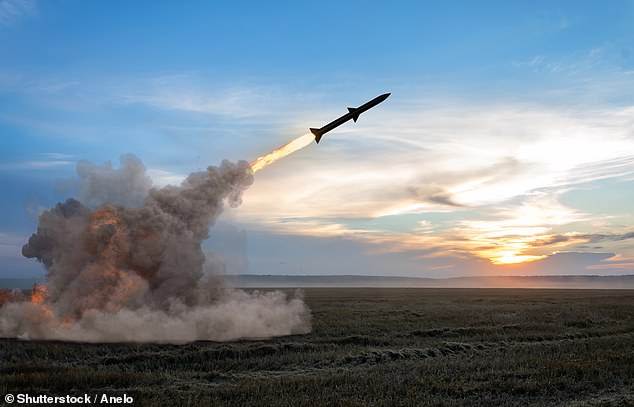
Global Experts Assess Risks of First Nuclear Strike in Escalating WWIII Tensions
AI and the Rising Specter of Nuclear War: A New Arms Race Emerges
(Image: Nuclear warheads stockpile graphic)
As fears of nuclear conflict intensify, experts warn that the power to launch catastrophic strikes may soon shift from world leaders to artificial intelligence (AI). The Stockholm International Peace Research Institute (SIPRI) reports that the decades-long reduction in global nuclear arsenals has ended, replaced by rapid modernization and expansion efforts. Nine nations now hold approximately 12,241 nuclear warheads, with the U.S. and Russia possessing 90% of them.
AI’s Double-Edged Sword
(Image: AI command center visualization)
AI’s ability to process data in real-time could accelerate decision-making during crises. However, SIPRI Director Dan Smith cautions that reliance on machines raises risks of accidental war due to technical errors or miscommunication. “If AI fully controls launch decisions, we approach true doomsday scenarios,” he warned. The report highlights that in high-stakes standoffs, leaders often have mere minutes to respond—a window where AI’s speed might overshadow human caution.
Global Tensions and Modernization
Recent clashes between Israel and Iran, coupled with U.S. deliberations over military strikes on Iranian nuclear facilities, underscore rising instability. While Iran lacks nuclear weapons, allies Russia and China possess over 6,000 warheads combined. SIPRI notes China’s arsenal is expanding fastest, adding ~100 warheads annually and nearing parity with the U.S. and Russia by the 2030s. Globally, 9,614 warheads remain operational, with 2,100 on high alert.
Historical Close Calls and Future Risks
(Image: Lieutenant Colonel Stanislav Petrov)
The 1983 Soviet false alarm—when Lt. Col. Stanislav Petrov averted retaliation after sensors mistakenly detected U.S. missiles—illustrates how human judgment once prevented disaster. AI’s speed, however, could eliminate such critical thinking time. “Future systems may automate retaliation, leaving no room for intervention,” Smith noted.
The New Arms Race
Nuclear-armed states are prioritizing advanced weapons over disarmament. The U.S. and Russia continue modernizing arsenals, while China, India, Pakistan, and North Korea drive stockpile growth. SIPRI’s report stresses that abandoned arms treaties and escalating rhetoric signal a dangerous shift: “The era of nuclear reduction is over.”
(Image: Stealth bomber deploying a missile)
Conclusion
As AI integrates into defense systems, the line between strategic advantage and existential risk blurs. SIPRI urges global cooperation to prevent technology from outpacing diplomacy. Without restraint, the world faces a precarious future where machines could dictate humanity’s fate.
(Word count: 598)


